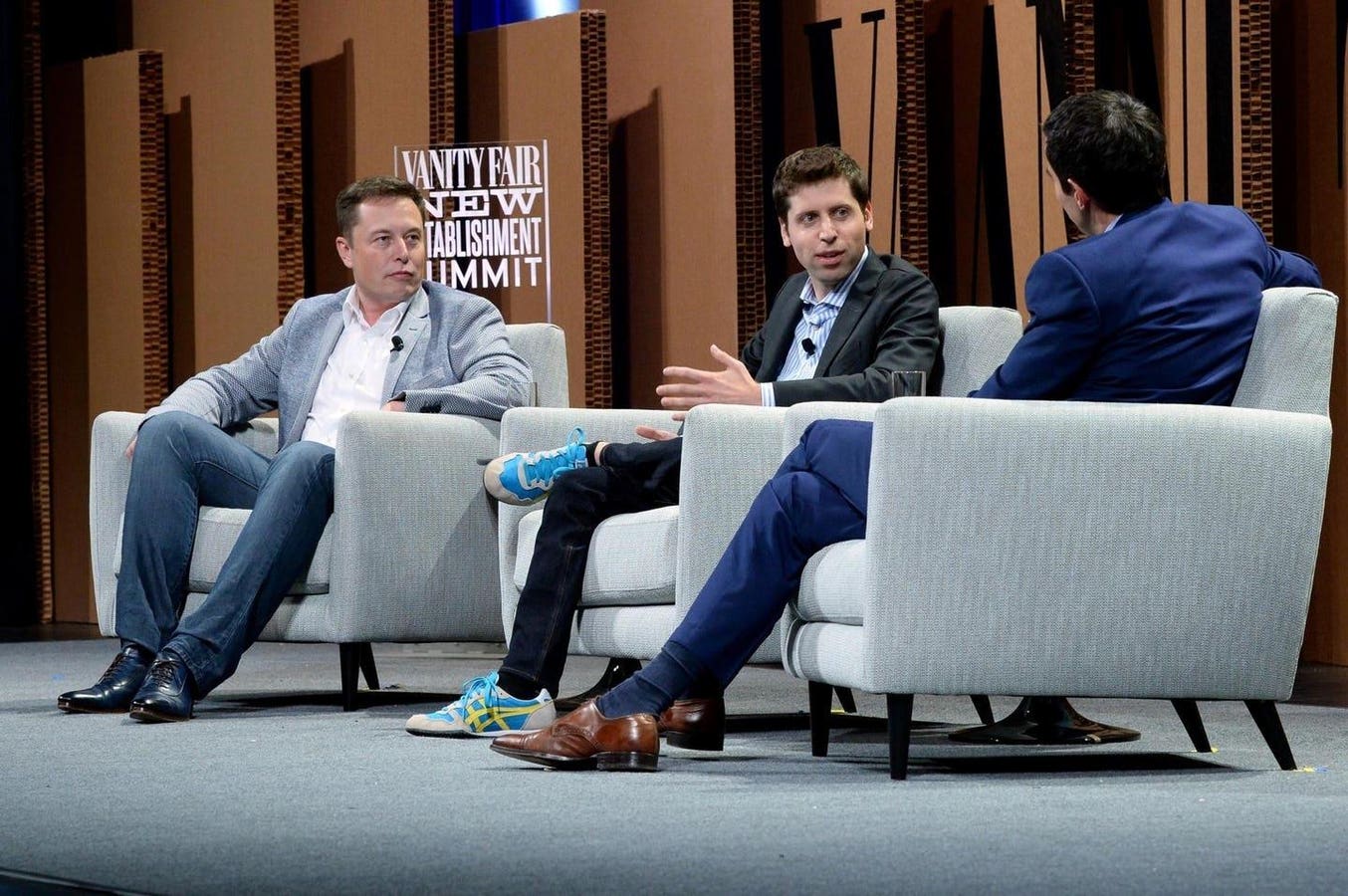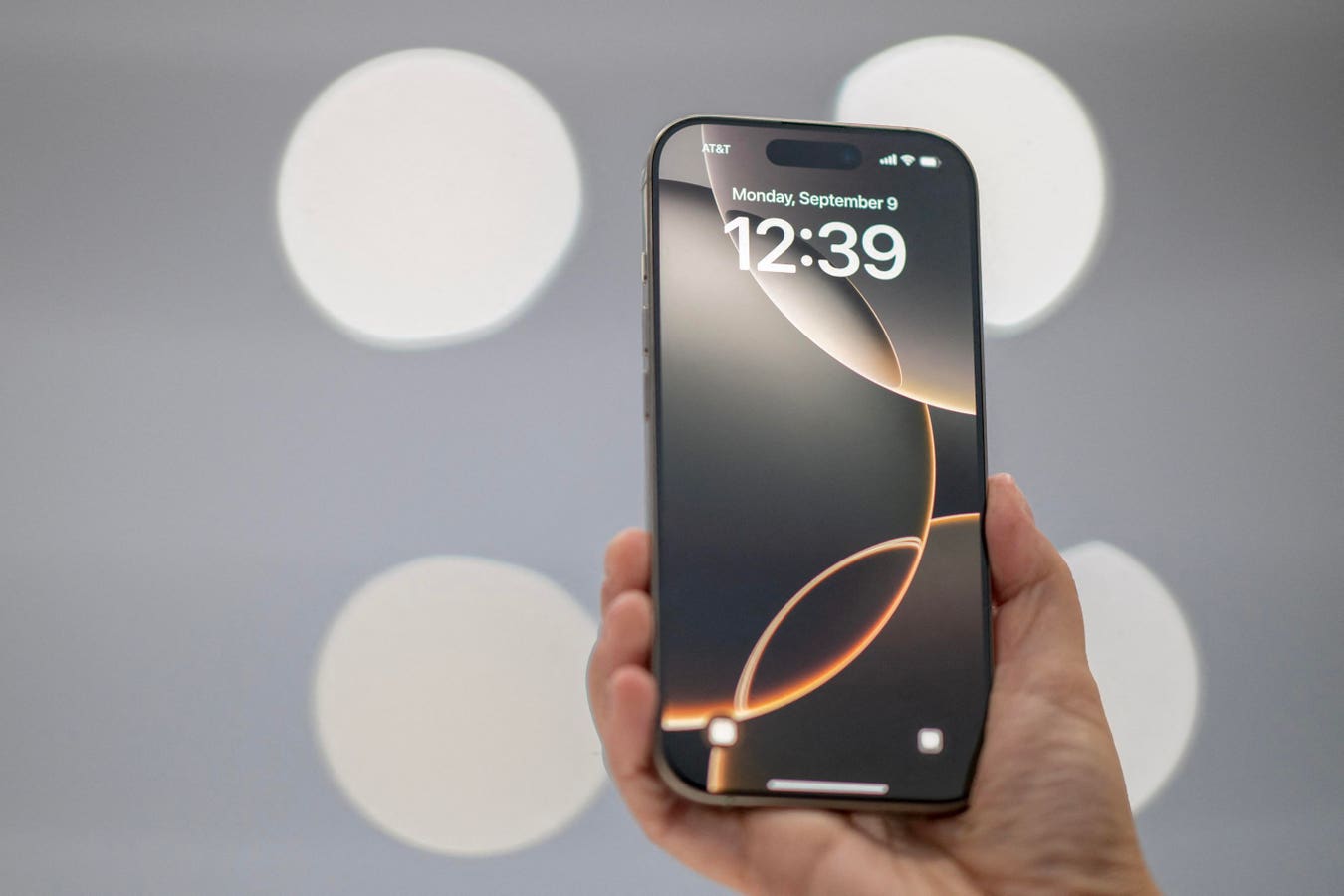Futuristic city protected by digital dome. Concept of cyber security, smart home, internet security, data security, digital privacy, insurance and personal data protection.
getty
The notion of a “smart city” has progressed from a futuristic vision to a realistic reality. Sensors, linked infrastructure, data analytics, and artificial intelligence are transforming urban landscapes worldwide, promising efficiency, sustainability, and increased quality of life. However, although smart cities provide incredible benefits, they also provide hitherto unknown risks. As cities evolve into digital creatures, cybersecurity becomes a need rather than an option.
To grasp the problems, we must first define what constitutes a smart city. A smart city is essentially a network of digital infrastructure and services. This includes intelligent transportation systems with connected vehicles and traffic management, real-time energy grid balancing, water and waste management systems monitored by sensors, healthcare systems linked by telemedicine and digital records, public safety tools ranging from connected CCTV to emergency response networks, and the integration of Internet of Things (IoT) devices throughout homes, offices, and public spaces. All of these technologies are becoming more linked via cloud platforms and 5G networks, resulting in large amounts of data that are utilized to drive decision-making.
The integration of digital and physical systems is what distinguishes smart cities, but it also makes them susceptible. Each linked sensor, endpoint, and cloud application contributes to an increased attack surface. A failure of one component, such as the traffic system, might result in interruptions to public safety or emergency services. Smart cities are an enticing target for adversaries, ranging from cybercriminals to nation-state actors, since the consequences of a successful hack may be widespread and extremely disruptive to daily life.
Computer network security cyber connection safety big data protection encryption future technology
getty
Many IoT devices lack robust security requirements, rendering them susceptible to more significant attacks. Smart cities face complex cybersecurity concerns. Modern technology frequently combines with legacy systems, leading to compatibility issues. Many IoT devices lack robust security requirements, rendering them susceptible to more significant attacks. The gathering and analysis of enormous amounts of surveillance, health, and financial information raises urgent concerns about data privacy. And, as artificial intelligence is increasingly employed to optimize urban services, it becomes a possible attack vector if adversaries alter algorithms or give them incorrect data.
Telling Statistics
Forecasts for smart cities estimate the global market will reach approximately $241 billion in revenue by 2025, with estimates rising to nearly $1.9 trillion by 2030 AI EdgeLabs+1. This scale underscores the speed with which cities are digitizing—but also the exponential growth of their cyber-attack surface.
As smart cities deploy more connected systems, vulnerabilities are mounting. In 2024, estimates show nearly 83,000 IoT sensors were deployed across municipal environments—dramatically expanding attack vectors, according to CSO Online. Alarmingly, as many as 60% of IoT devices in urban infrastructure operate on outdated or unpatched firmware, and one in five still uses default credentials, which is practically an invitation to automated attacks DeepStrike.
Equally worrisome, cyberattacks targeting smart city infrastructure surged by 50% in a single year, including incidents that disrupted traffic control, public safety, and essential utilities DeepStrike+1. DDoS attacks are climbing as well: the first half of 2024 saw a 46% rise in volume, with attack power reaching up to 1.7 Tbps, putting critical city systems at risk. ITSS Verona
Therefore, against the rising threats, how do we address these risks? I think the first step is to accept that cybersecurity must be part of smart cities’ DNA, not an afterthought.
Security-by-design concepts should be adopted from the beginning of the planning process. Cyber hygiene—strong identity management, constant patching, encryption, and multi-factor authentication—remains essential, but the size of a smart city necessitates automation and AI-driven monitoring to spot abnormalities in real time.
Resilience planning is equally important. Smart cities must plan for potential breaches and create systems that can withstand and recover rapidly from interruption. This includes adding redundancy to vital systems, segmenting networks so that a compromise in one area does not spread unchecked, and developing explicit incident response processes that incorporate both cyber and physical disaster management.
Collaboration must also be a key component of smart city security. Cities, unlike typical organizations, involve a diverse spectrum of players, including government agencies, private sector providers, technology suppliers, and people. Effective cyber governance necessitates strong public-private collaborations, common norms, and ongoing communication. Education and workforce development are also important; cities will require competent cybersecurity specialists who can manage these complex ecosystems.
Smart city concept. AI controls Futuristic Smart city. Isometric Futuristic buildings inside chip with Ai or Artificial intelligence which effectively manages urban infrastructure. AI of Smart City.
getty
Emerging technologies also create new defensive opportunities. Artificial intelligence can help monitor network traffic across thousands of endpoints. Blockchain technology has the potential to improve the security and transparency of data management and transactions. As quantum computing progresses, quantum-resistant encryption will become increasingly important for protecting the sensitive information created by smart cities. Each of these technologies must be strategically incorporated into the overall cyber strategy.
Finally, the potential of smart cities is too enormous to ignore. They have the potential to alleviate traffic congestion, save energy, improve healthcare delivery, and increase public safety. However, if individuals do not believe that their data and everyday lives are safe from cyber disturbance, this promise will collapse. Trust is the currency of the digital era, and in smart cities, it is based on cybersecurity.
Policymakers, planners, and technology leaders have a clear role ahead of them. Smart cities must prioritize security. To create robust, adaptable, and forward-thinking cyber defenses, they must apply the same creativity and vision that drove their invention. Only then can smart cities fulfill their promise of making urban life safer, healthier, and more sustainable.









